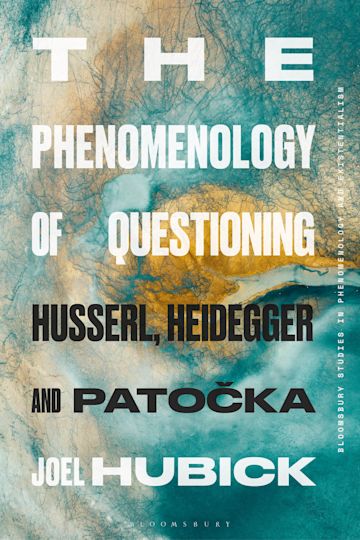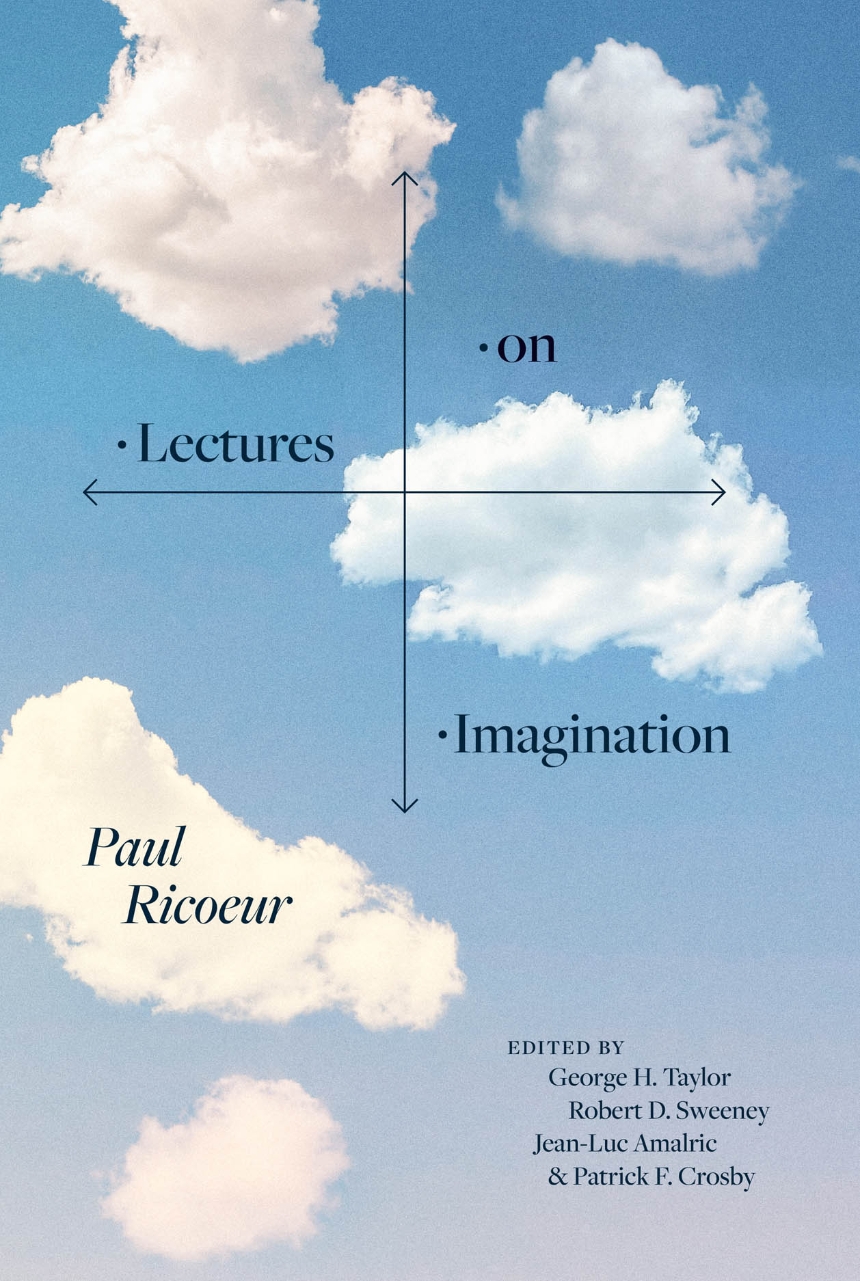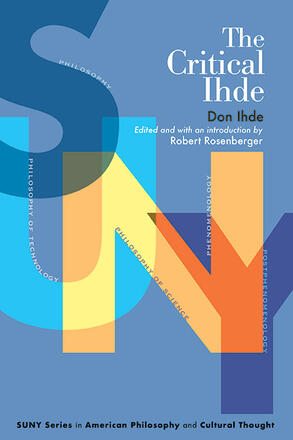Tag: Husserl
Dan Zahavi: Conștiința de sine și alteritatea. O investigație fenomenologică, Editura Ratio et Revelatio, 2024
 Conștiința de sine și alteritatea. O investigație fenomenologică
Conștiința de sine și alteritatea. O investigație fenomenologică
Epoché
Ratio et Revelatio
2024
Paperback
404
Eugen Fink: Oase des Glücks: Gedanken zu einer Ontologie des Spiels, Karl Alber, 2023
 Oase des Glücks: Gedanken zu einer Ontologie des Spiels
Oase des Glücks: Gedanken zu einer Ontologie des Spiels
Interpretationen und Quellen (Band 7)
Karl Alber
2023
Paperback
190
Joel Hubick: The Phenomenology of Questioning: Husserl, Heidegger and Patocka, Bloomsbury, 2023
 The Phenomenology of Questioning: Husserl, Heidegger and Patocka
The Phenomenology of Questioning: Husserl, Heidegger and Patocka
Bloomsbury Publishing
2023
Hardback
272
Edoardo Fugali: Soggetto, corpo e mondo in Edmund Husserl, Unicopli, 2023
Claudio Rozzoni: The Phenomenological Image, De Gruyter, 2023
De Gruyter
2023
Hardback 129,95 €
Veronica Cibotaru: Le problème de la signification dans les philosophies de Kant et Husserl, Les éditions Hermann, 2023
 Le problème de la signification dans les philosophies de Kant et Husserl
Le problème de la signification dans les philosophies de Kant et Husserl
Hermann Philosophie
Les éditions Hermann
2023
Paperback 33,00 €
Lorenzo Girardi: Europe, Phenomenology, and Politics in Husserl and Patočka, Rowman & Littlefield Publishers, 2023
 Lorenzo Girardi: Europe, Phenomenology, and Politics in Husserl and Patočka
Lorenzo Girardi: Europe, Phenomenology, and Politics in Husserl and Patočka
Reframing the Boundaries: Thinking the Political
Rowman & Littlefield Publishers
2023
Paperback
226
Ondřej Sikora, Jakub Sirovátka (Eds.): Kant and the Phenomenological Tradition | Kant und die phänomenologische Tradition, Alber Verlag, 2023
 Kant and the Phenomenological Tradition | Kant und die phänomenologische Tradition
Kant and the Phenomenological Tradition | Kant und die phänomenologische Tradition
Alber Philosophie
Karl Alber
2023
Paperback
185


